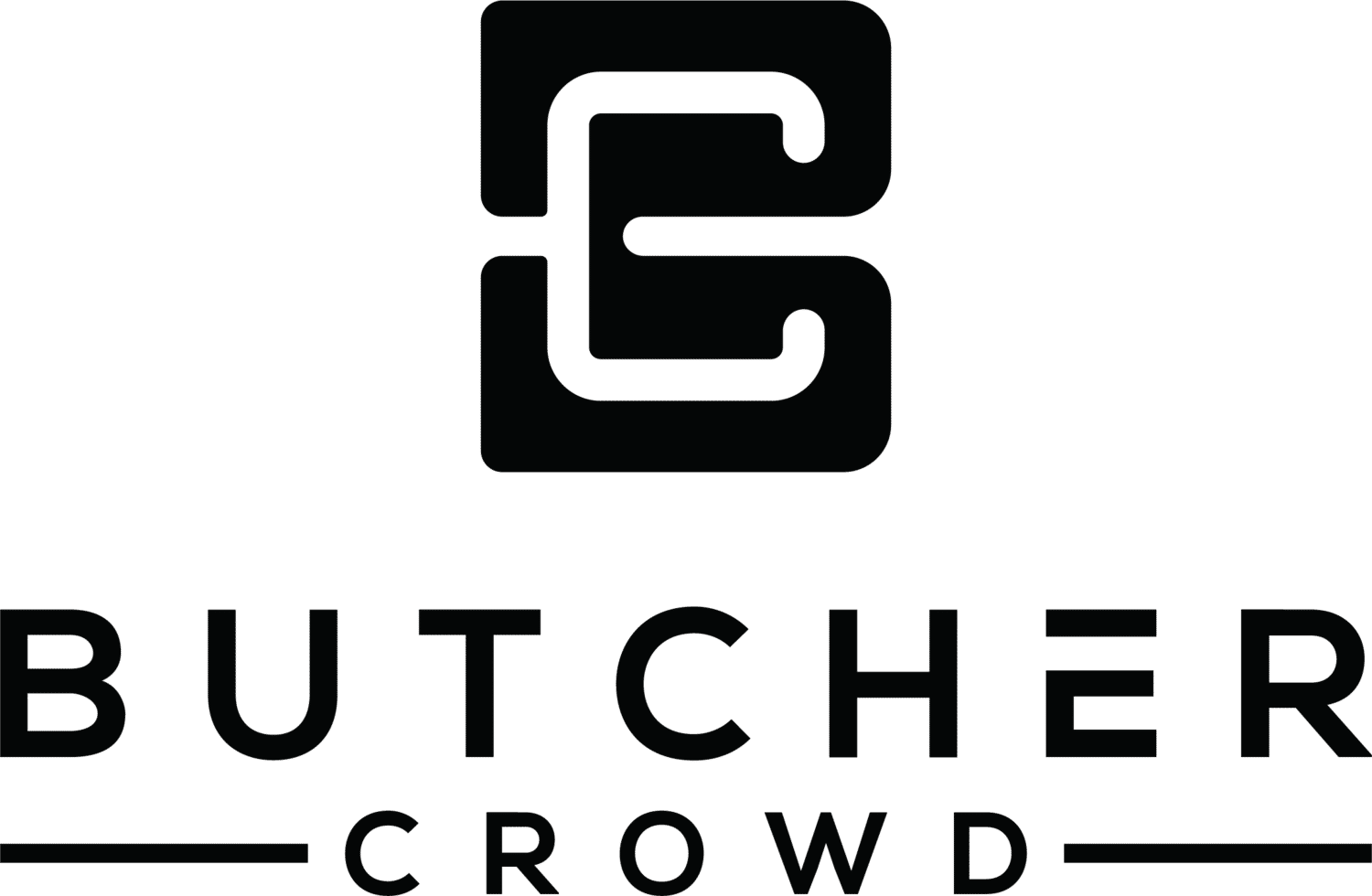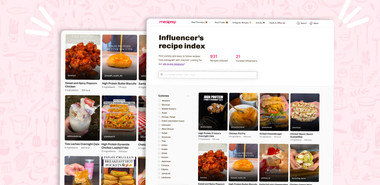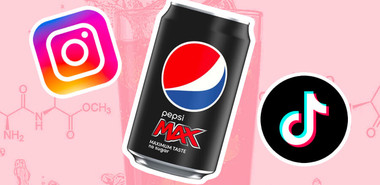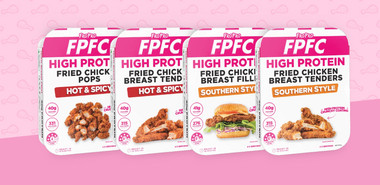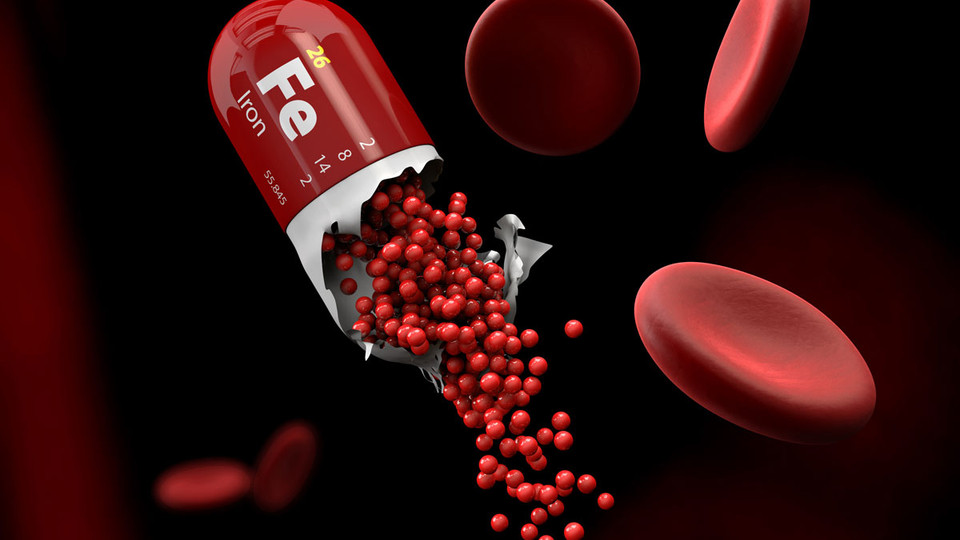
Feeling tired and struggling to push through your training sessions? It may be simply fatigue build-up from training and lifestyle stress, but it could also be a sign of iron deficiency.
Iron deficiency is a multifactorial disease that can stem from not consuming enough iron from food, blood loss, disrupted absorption in the gut or higher iron needs due to exercise, pregnancy or growth.
Causes and Risk Factors
Are you an athlete? Do you engage in strenuous training (long-distance running, CrossFit, cycling, boxing) or are you moving into a high volume phase of strength training?
Your iron requirements are even higher. This is because strenuous exercise, especially high intensity endurance training, causes the body to use more iron for muscle recovery and to create red blood cells for oxygen delivery. You also lose iron through sweat. Female athletes are generally at higher risk of having depleted iron stores than male athletes. This is because women’s overall daily iron requirements (18mg) are more than double that of males (8mg).¹
Are you a generous soul who donates blood regularly? Or do you have really heavy periods?
A surprisingly significant amount of iron is loss during blood loss. On average, women lose about 1.6mg of iron throughout their period with an average blood loss of 40mL. For the 10% of women who have a heavy period, they can lose more than 1.4mg of iron daily throughout their periods.² Therefore, caution should be taken to prioritise iron levels in periods with high blood loss, to ensure stores are replenished.
Thinking about cutting out carbohydrates?
Be mindful that a carbohydrate restricted diet, in particular a low intake of grains, is associated with lower levels of iron.³ You might be surprised to discover that diet low in carbohydrates and red meat can result in inadequate iron intake, even it contains white meat and fish.
In a nation-wide nutrition survey, cereals and wholegrain foods contributed to approximately 40% of overall iron intake in Australians diet. The main sources of iron were bread, breakfast cereals and mixed dishes where wholegrains is a significant component. In comparison, meat and animal products provided less than 20% of Australians’ iron intake.
Highly restricted diets that have limited energy intake or food variety are often low in iron too. Even for short periods of intense dieting, that are common in body-building and gymnastics, extra planning to ensure iron stores are adequate to avoid additional fatigue and complications from micronutrients deficiencies.
Want to learn more about carbohydrates? Check out No-Carb, Low-Carb or High-Carb article that breaks down common carbohydrate myths and explains different types of low-carbohydrate diets.
Following a plant-based diet?
Iron found in plant-based sources is non-haem iron and is harder to absorb than iron found in animal products (haem iron). Therefore, being on vegetarian or vegan diet is a nutritional risk for iron deficiency anaemia.
Although it may be more difficult to achieve iron requirements without animal products, plant-based foods can also be high protein and iron. Being mindful of including iron-rich foods in a diverse and varied diet can help replenish iron stores.
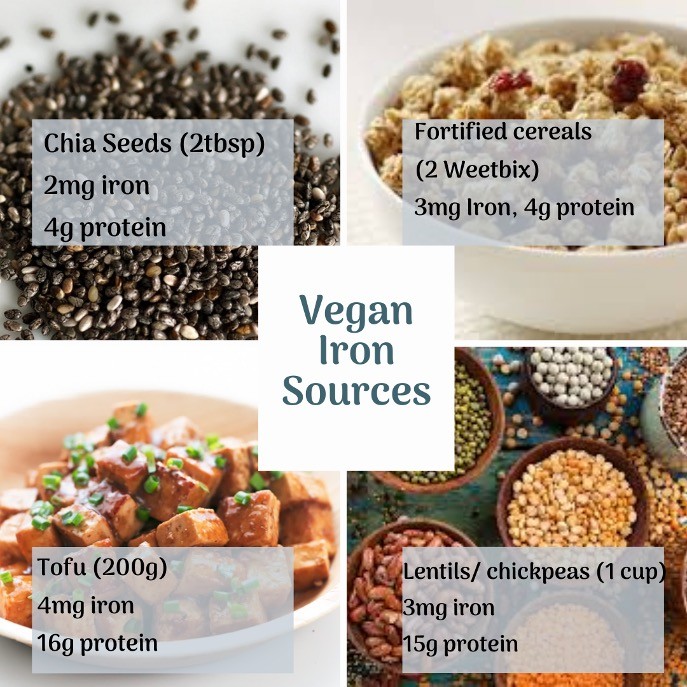
Signs and symptoms⁴
- Early stages of iron depletion: You might not experience any signs or symptoms but your body’s iron stores are running on low. Time for a top up!
- Iron deficiency: Iron and Haemoglobin levels are lower than normal. The most common symptoms are fatigue and poor concentration.
- Iron deficiency anaemia: You start struggling to complete normal daily activities because your haemoglobin levels have dropped very low and your body is struggling to get enough oxygen around your body. Common symptoms are dizziness, weakness, cold hands and feet, shortness of breath, and headaches. You may notice brittle nails, pale or dry skin (especially around the mouth), and a sore or swollen tongue. Iron deficiency anaemia has also been linked to lower immunity (increased infection risk), depressive symptoms and severe iron deficiency can also lead to irregular heartbeats.
How much do you need?
Whilst adult males are recommended to have 8mg of iron per day, females above the age of 18 are recommended to consume 18mg of iron per day. That’s more than double! There are currently no specific guidelines on iron requirements for athletes, however, there is some evidence for an additional 1-2mg of iron per day to replace iron losses during exercise.⁵ Other studies have concluded that female athletes engaging in endurance running need up to 70% more iron than current recommendations.⁶ In addition, pregnant women are recommended to have 27mg of iron daily to support additional growth needs.
Curious to see what 18mg of iron in a day looks like?
| Breakfast: | 2 poached eggs, avocado, 2 slices multigrain bread, 1 kiwi fruit | 4mg |
| Lunch: | 100g beef, 1 cup spinach, capsicum, bean sprouts, rice noodles | 7mg |
| Snack: | 1 cup roasted chickpeas | 3mg |
| Dinner: | Wholemeal pasta, 1 can of tuna, veggies | 4mg |
| Total iron: | 18mg |
|---|
27mg iron daily in a plant-based diet. Individuals with higher needs or extensive losses e.g. or pregnant women, female athlete, plant-based diet
| Breakfast: | 2 Weetbix(3mg) soy milk 1 kiwi fruit | 3mg |
| Lunch: | 200g firm tofu (6mg) 1 cup brown rice (0.7mg) 1 cup broccoli (0.9mg) 1 tablespoon seasame seeds (1mg) | 8.6mg |
| Snack: | 1 handful of cashew (1.5mg) 3 dried apricots (0.7mg) | 2.2mg |
| Dinner: | Vegetarian Spaghetti Bolognese: 1 cup wholemeal pasta (2mg) 2 vege delight sausages (3.5mg) Tomato and onion sauce 1 cup Spinach (1mg) | 6.5mg |
| Snack: | Milo Chia pudding: 3 tsp Milo (3mg) 2 tbsp chia seeds (4mg) | 7mg |
| Total iron: | 27.3mg |
|---|
It’s achievable to eat enough iron through your diet on a plant-based diet but a lot of careful planning is required to get in 23mg of iron daily.
5 Easy ways to Up your iron intake
1. Help your body absorb more plant-based iron
Vitamin-C rich foods help your body absorb more non-haem iron from plant-based foods.
Foods high in Vitamin C that would make great additions to your plant-based meals include green leafy vegetables, tomatoes, broccoli, capsicum, cauliflower strawberries, kiwis, , orange, lemon, mandarins and berries.
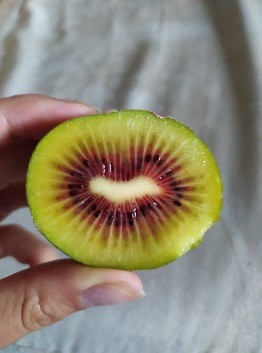
In search of plant-based meals high in iron?
When choosing vegetarian meals, ensure your protein of choice is paired with vitamin-C rich vegetables or dressing. If you’re limited on choices, add a dqueeze of lemon or lme
One of the most popular plant-based companies is Soulara, who focuses on local Australian produce.
High Iron Meals:
- Soulara’s supercharged satay bowl is a iron-packed powerhouse with tofu and edamame, with added vitamin c from cabbage and carrots to improve iron absorption
- Chili sin carne gets iron from the kidney beams and black beans with the added vitamin C from mushroom
Lower in Iron:
- Mystic black rice pudding has lack rice, coconut cream and coconut sugar as the first three ingredients. You can swap this option out for another high-iron breakfast alternative such as the Ruby sunrise chia pudding. Alternatively, you can add crunch with pumpkin seeds, sweeten with dried fruit or thicken the Mystic black rice pudding with chia seeds.
- Roje Maiden’s Soba. The main ingredients of this dish is soba noodles, kale, baby corn, capsicum and carrot. Whilst these are all healthy ingredients that are high in vitamin C, they are low in iron. To boost the iron content of this meal, microwave frozen edamame beans, drain and add them.
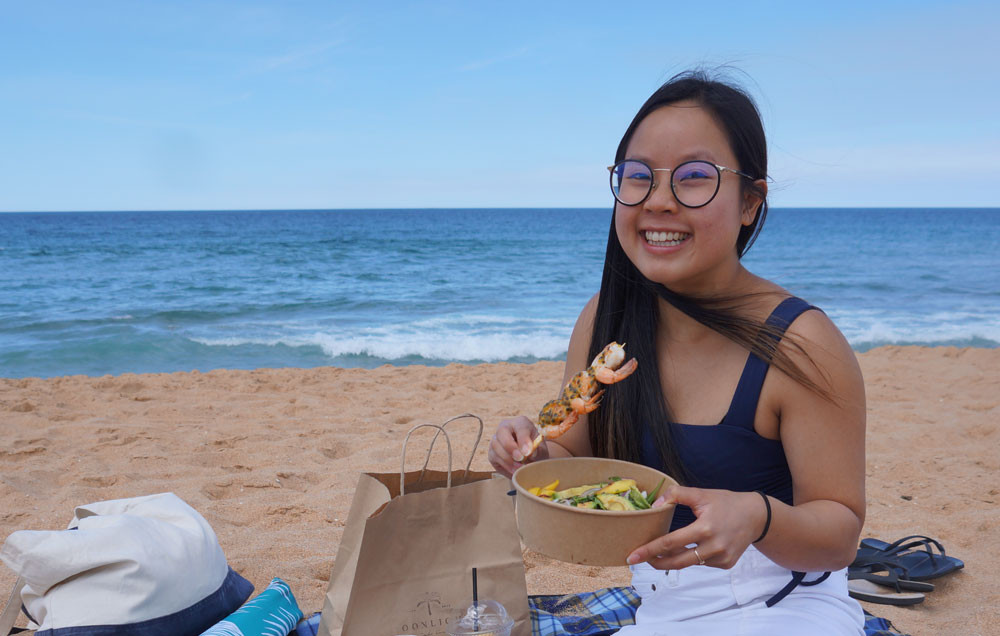
2. Time to spill the tea about your breakfast favourite
Tannic acid in coffee and tea can interfere with iron absorption. Don’t worry you don’t have to give up your coffee and tea. Having them at least an hour before or after meals will prevent them from interfering with all the iron absorption. Swap it out for a small glass of fruit juice to instead of with iron-rich plant foods such as iron-fortified bread and cereals.

The good news? Coffee and tea doesn’t appear to affect the absorption of heme iron found in animal products⁸
The even better news? Waiting at least one hour after your meal to drink tea or coffee minimally impacts iron absorption.⁹
3. Your preparation and cooking methods matter!
- Soaking legumes and beans overnight in warm water allows your body to absorb more iron and zinc. The trick is to keep the soaking water and use it to cook your legumes and beans in a pressure cooker, pot or pan.¹⁰,¹¹
- Using iron-containing pots and pans can increase iron levels. Iron content of food is positively affected by using a new iron skillet, more frequent stirring and longer cooking times. ¹²,¹³
- Cooking your vegetables can also increase the amount of iron your body can absorb.
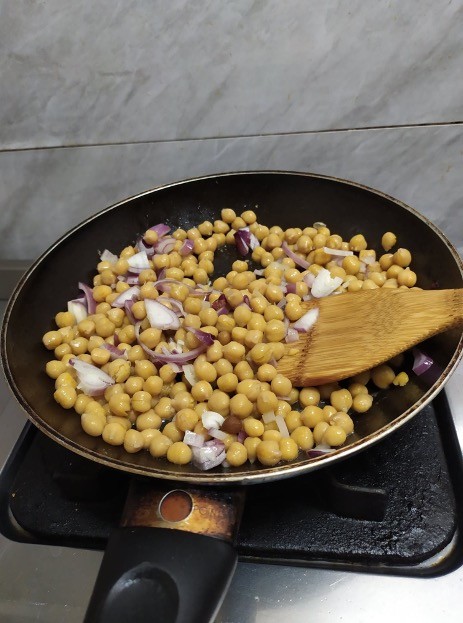
4. When it comes to iron-rich meats, beef isn’t your option!
Lean red meat sources include kangaroo, lamb or veal. Aim to have lean-red meat 3-4 times per week if possible, but don’t stop there! Remember to have other iron sources like seafood, chicken, eggs, legumes and beans throughout the week.
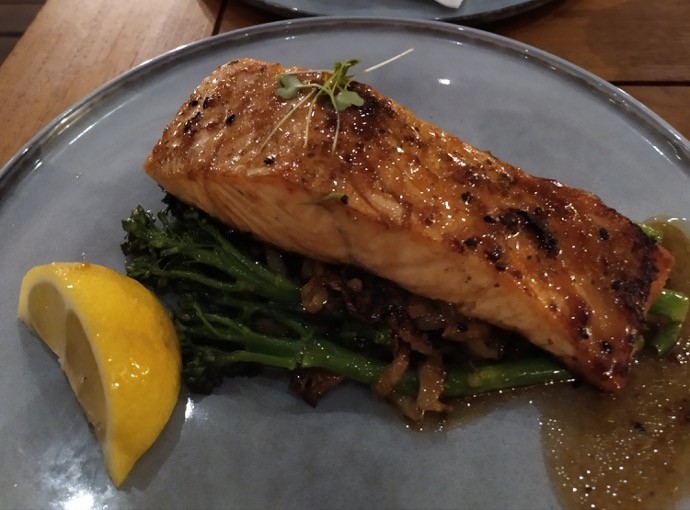
Looking for the foods rich in iron? Check out this table.
| Food (raw weight) | Iron |
|---|---|
| 1 beef rump steak (200g) | 6m |
| 1 cup beef mince | 5mg |
| 1 Salmon fillet (200g) | 2mg |
| 1 Chicken breast fillet (200g) | 1.6mg |
| 2x Large Eggs (100g) | 1.2mg |
| 1 Tin of tuna (100g) | 1mg |
| Tofu (200g)* | 4mg |
| Lentils or chickpeas (1 cup)* | 3mg |
5. Fortified foods are a fast and effortless way to add in iron
Some breakfast cereals are fortified with iron. In particular Uncle Tobu’s plus iron cashews & nutty clusters has 3mg per 40g serving. Bakers Delight Cape Seed loaf also has 2.5mg of iron in just two slices of bread. Adding Milo to milk is a tasty way to add in iron and calcium. If you’re lactose-intolerant or following a vegetarian or vegan diet, Nestle just released a new plant-based milo!
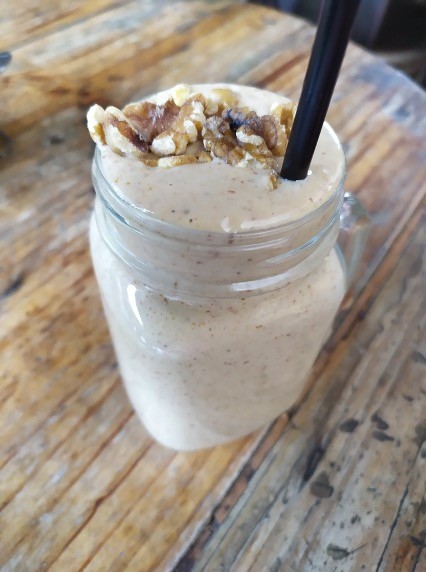
Disclaimer: Unless advised by your medical professional following a blood test, you should not supplement iron. This is because excess iron can be harmful.
